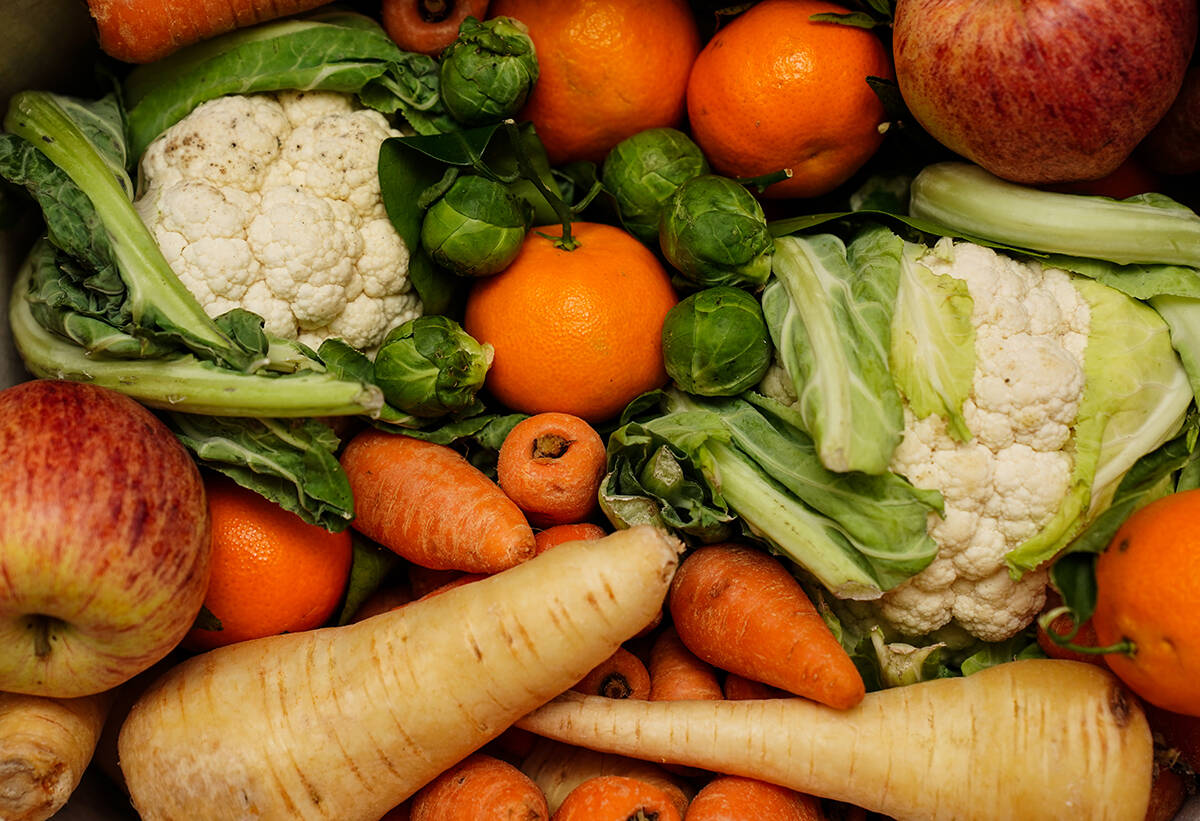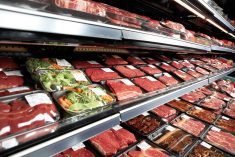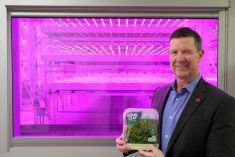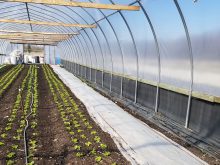WINNIPEG — In 2021, only 21.8 per cent of Canadians ate a sufficient amount of fruit and veggies per day.
That data comes from a Statistics Canada survey to gauge how many Canadians (aged 12 and older) consumed fruits and vegetables five times or more a day.
It’s down significantly from 2017, when 28.6 per cent of Canadians said they ate five servings of fruits and veggies daily.
Read Also

Claas brings 1000 Series SP forage harvesters to Canada
In mid-August, Claas unveiled its new line of Jaguar forage harvesters at an event in Visalia, California, deep in the heart of that state’s dairy region.
The scary numbers reflect a larger problem with fruit and vegetable production in North America, says a group of horticultural scientists from the University of Florida.
In an article published this spring in PNAS.org, they argued that research spending on fruit and vegetable crops is almost nothing when compared to the amount of money spent on health care research.
However, if fruit and vegetables have obvious benefits for human health, why not spend more to boost fruit and vegetable production in the United States and Canada?
“The (North American) overweight/obesity epidemic and the resulting chronic disease burden are an unfolding, diet-driven existential disaster,” the paper says.
“(Since) managing and reversing this crisis demands more fruit and vegetable intake, it also demands more fruit and vegetable production.”
Kevin Folta, a University of Florida horticultural scientist and well-known advocate for agricultural biotechnology, was not part of the group that published the PNAS paper.
However, he did tweet about the study.
“If we want to Make America Healthy Again, it’s not (about) food dyes and trace chemistries,” he posted on X.
“It is that most people fail to eat the foods we know fortify health. Shouldn’t funding for research in fruit/veg production parallel medical investment?”
Americans’ intake of fruit and vegetables is even worse than in Canada. About 10 per cent of U.S. adults eat the recommended five servings or more of those foods per day.
One explanation could be cost.
Healthy items such as berries and broccoli can be expensive.
“More than half of fruits and vegetables now cost over US$1 per serving,” says the University of Florida researchers.
“Inflation has thus helped turn fruits and vegetables into exactly what they should not be: a luxury that only wealthier families can afford.”
Fruit and vegetables are pricey because the supply is limited and cost of production is relatively high. The labour costs for growing corn are much lower than a crop like strawberries.
It’s obvious, at least to the authors of the paper, that a different approach is needed to treat the obesity and diabetes crisis in the U.S..
Approximately 15 per cent of adults have diabetes and 37 per cent have pre-diabetes, meaning higher than normal blood sugar, the researchers said.
In the 1970s, less than 15 per cent of adults had higher than normal blood sugars.
Pumping more money into health research isn’t the answer to this crisis, the PNAS paper says. More investment in fruit and vegetable production, thus increasing supplies and lowering the cost, will be critical to improve consumption of healthy foods.
The goal should be a food system that makes fruit and vegetables “accessible, affordable and appealing for everyone.”
Convincing the public to eat more carrots, apples and peppers has never been an easy task.
However, there are small signs that things are moving in a better direction. Canada’s production of greenhouse fruit and vegetables has been climbing.
Sales of produce grown in greenhouses has increased for 11 consecutive years, hitting $2.5 billion in 2023.
“The increase in sales in 2023 was attributable to higher production of peppers, tomatoes and cucumbers … which accounted for the majority (92.1 per cent) of total greenhouse fruit and vegetable sales,” StatCan said in April. “Greenhouse strawberry sales rose by almost one-third … because of higher prices (+2.7 per cent) and production (+25.7 per cent).”
















